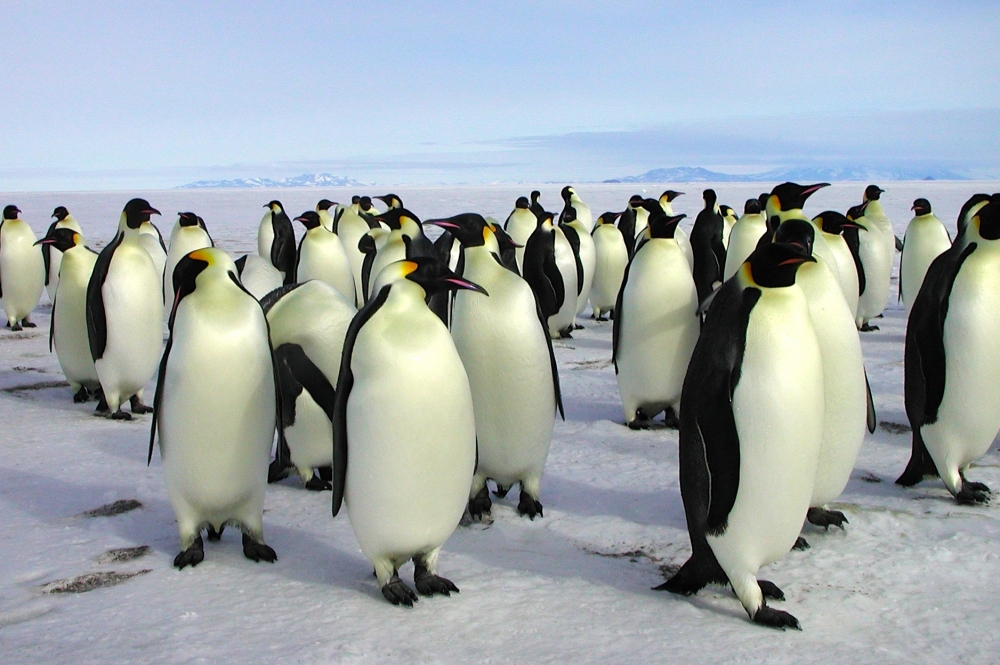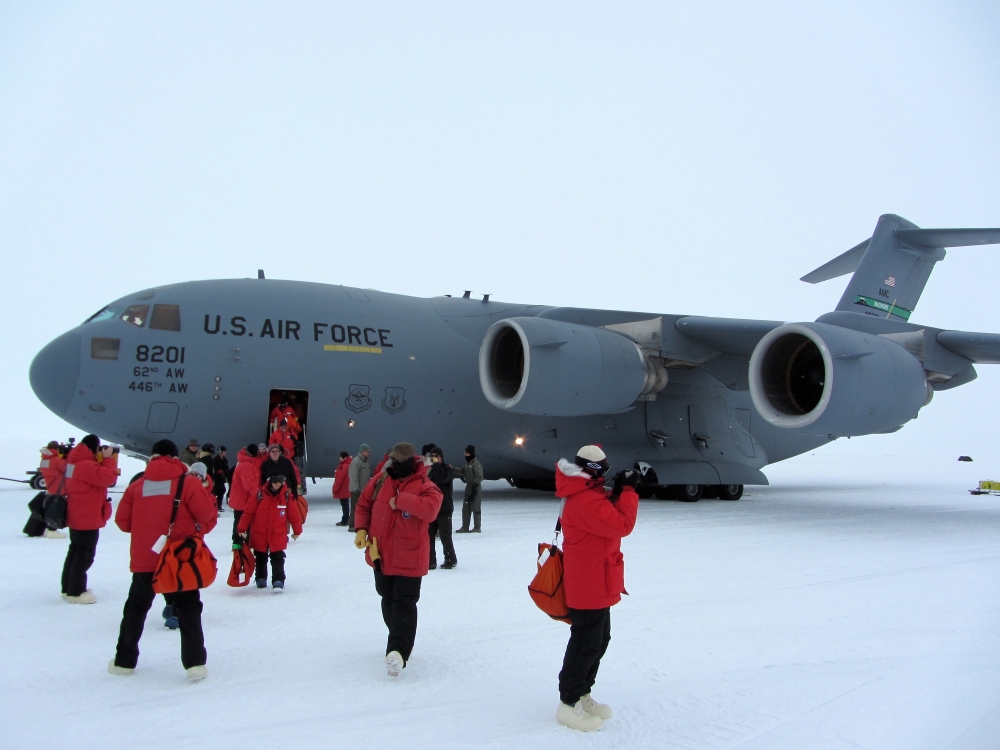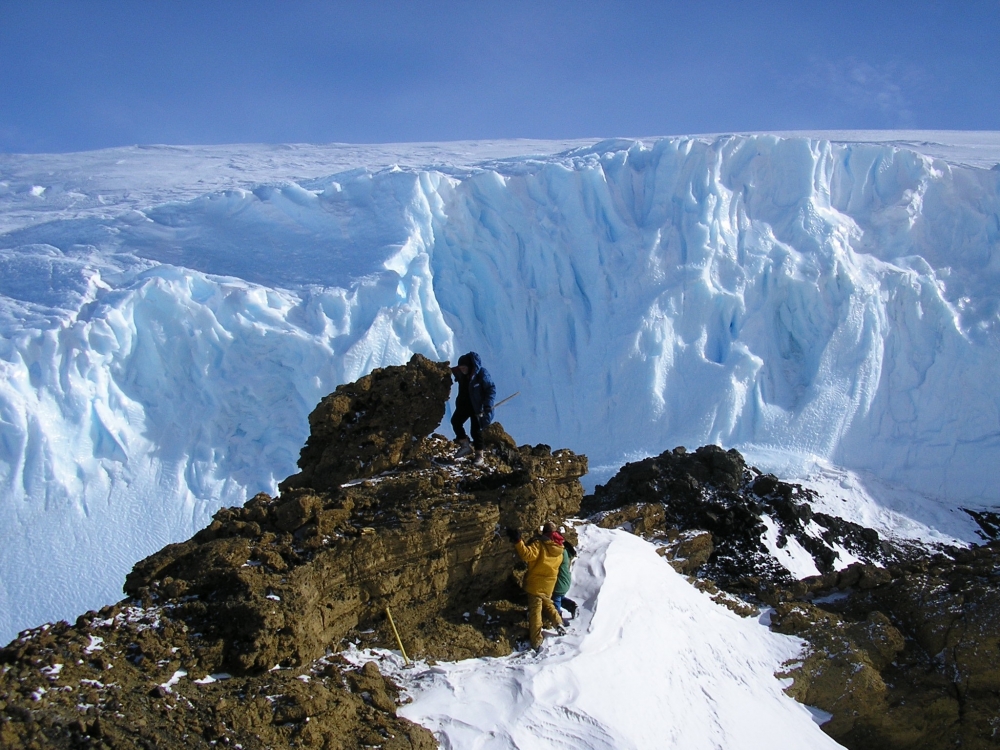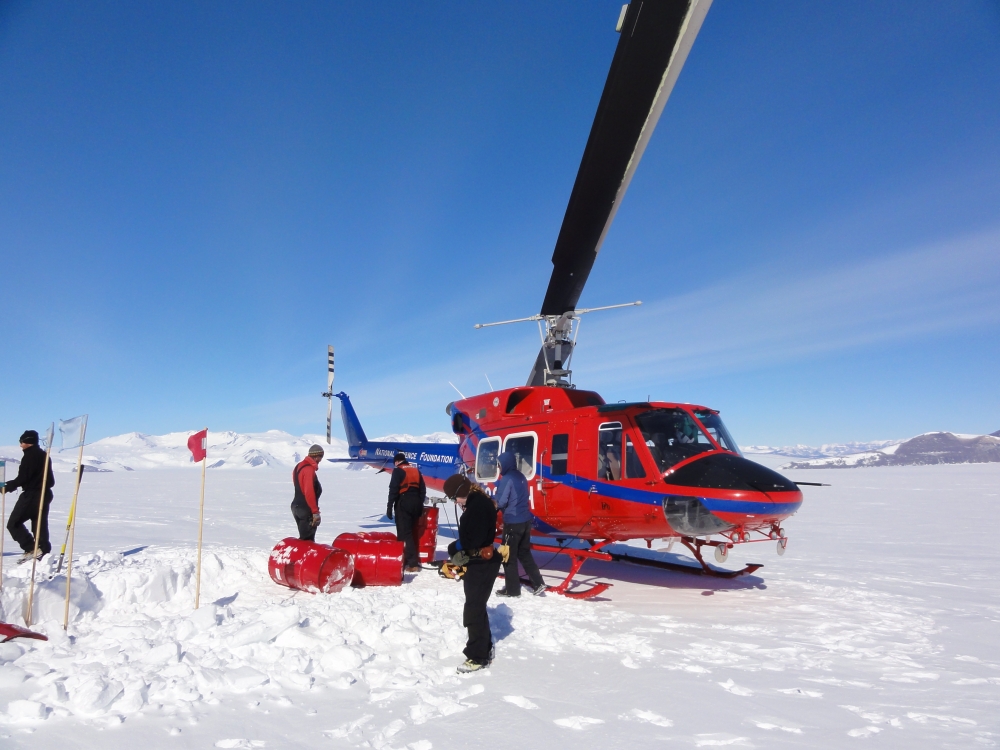The Coldest Summer
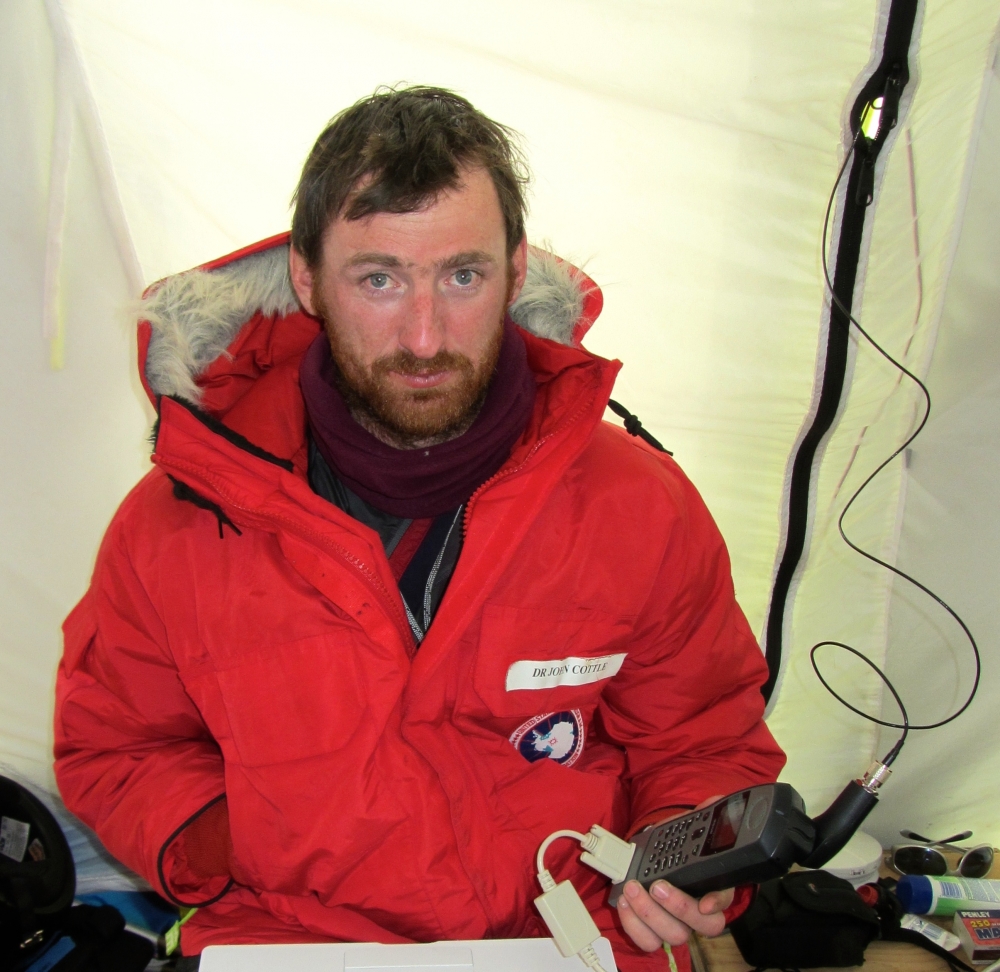
Subduction is a geological phenomenon that quite literally shapes the planet over time. Taking place at convergent plate boundaries, it involves the sinking of one tectonic plate underneath another and is a primary cause of earthquakes.
Although this process is a key aspect of plate tectonics, what causes subduction to eventually cease, and the effect subduction has on the deepest portions of the Earth’s crust and the upper part of the mantle, remain a mystery.
UC Santa Barbara geologist John Cottle and three graduate students have begun a six-week stint of field research in Antarctica to explore these unknowns by studying the age and composition of igneous rocks at the very end of the subduction cycle. Because this process occurs deep within the Earth, they are focusing on rocks in the root of an ancient subduction zone now exposed in Antarctica’s Transantarctic Mountains.
The team will spend two summer seasons camping at different locations to gather samples along a nearly 2,500-mile stretch of the continent. Called lamprophyres, igneous rocks highly enriched in potassium often fall into place during — and immediately after — termination of subduction and therefore potentially provide direct insight into foundering, the loss and sinking of continental crust into the mantle.
“These enigmatic rocks are important because they represent near-primary mantle melt compositions and therefore their age, geochemistry and petrologic evolution reveal key information about both the composition of the upper mantle and its thermal state,” said Cottle, an associate professor in the Department of Earth Science. “Of equal importance, they reveal how these key parameters vary through both space and time.
“We’ll bring back our samples and analyze them in the lab to determine their age, the temperatures at which they formed and their composition in order to understand how the composition and the age changes along this old subduction zone,” Cottle added.
As simple as this sounds, camping in Antarctica — and carting home tons of rocks — is not a simple proposition. Summer temperatures are generally below minus 20°F and for much of the season the sun never sets. Therefore, every aspect of the expedition must be planned in advance. In fact, Cottle and three logistics planners consulted for nearly a year to produce a several-hundred-page document detailing everything from environmental awareness and abatement to logistics planning for helicopter flights, camping and training.
This season the team will have three temporary homes — in the Wright Valley, Taylor Valley and the Blue Glacier — in an area known as the Dry Valleys near Lake Vanda, where igneous rocks are best exposed. In addition to a couple of preplanned helicopter daytrips, the investigators will venture from their home base in a 10-mile radius — about as far as they can walk to and from their campsite in a day.
They will use a satellite phone to check in every day and to speak occasionally — at preplanned times — to students back in Santa Barbara. From McMurdo Station the researchers have already conducted Skype interviews with a couple of 4th- and 6th-grade classes in Santa Barbara and lectured to undergraduates taking an earth science course on Antarctica.
“There are basically two potential outcomes of our research,” Cottle explained. “One is that if we look at the rocks all the way across this almost 2,500-mile stretch, they’re all going to be the same age. If that is the case, then they all formed at approximately the same time, which means that everything happened at the same time all the way along that margin.
“The other possibility — and what we think we see already — is that the rocks get progressively younger as you go in one direction,” Cottle added. “So instead of the whole thing falling off at once, it looks like the downgoing plate opens like a zipper. That not only tells us about the directionality of the process but also how long it takes for that that kind of process to occur.”
Cottle and his team’s progress can be followed at http://antarctica360.net/ and on Twitter at https://twitter.com/antarctica360.
This research is supported by the National Science Foundation’s Division of Polar Programs, Antarctic Earth Sciences Program. Logistical support for this research is provided by Lockheed Martin Antarctic Support Contractor.
